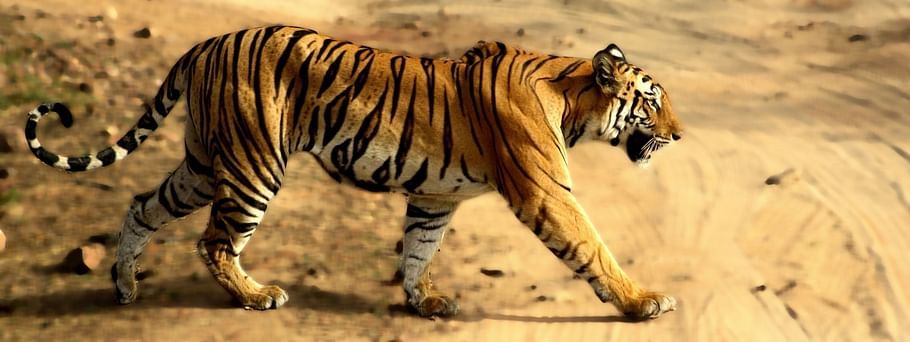
Jim Corbett National Park represents the first marked efforts for natural conservation in India. Established in 1930s amid the growing concerns over the rapidly disappearing Bengal tigers, the park was initially called the Hailey National park. It was renamed in 1957 after the death of the legendary hunter Jim Corbett. Corbett had lived in Nainital his entire life before moving to Kenya in 1947 – he was famous for hunting down more than two dozen man-eating tigers in the Kumaon region.
Jim Corbett National Park covers an expanse of approx. 1300 sq. km. comprising of dense jungles, hills, river belts, marshes, grasslands and a lake. The Park is also a part of the Project Tiger by Government of India. More than 500 kinds of animals and plant species reside within the reservation and a large number of birds are also found here.
Corbett features a sprawling forest which consists of haidu, mango, peepal, rohini and sal trees. Its secluded nature and rich ecosystem was deemed ideal for launching the Project Tiger in 1973.
Climate & Weather
The Park flourishes in temperate climatic conditions and the mercury varies between 5-30 degrees (C) during winter and the summer temperature occasionally rising up to 40 degrees (C). Slight drizzles during the dry season make way for head winds and stormy rains in the monsoon months.
Attractions
- Dhikala - A popular tourist place within the Park, Dhikala also features an ancient rest house. Spectacular views of nature and wilderness can be had from the Patli Dun Valley.
- Jhirna Village - It was a native settlement which was relocated over the concerns of natural conservation. The Jhirna Range has many diverse flora and fauna native to itself, and is an ideal place for nature lovers to visit.
- Corbett Falls - The waterfall is located some distance away from Ramnagar. It is 20m high and a wonderful sight to behold.
- Garjiya Devi Temple- A famous shrine dedicated to Garjiya Devi, the temple is regularly visited by tourists coming to Corbett. A fair is organised here on Kartik Poornima.
Corbett Park
